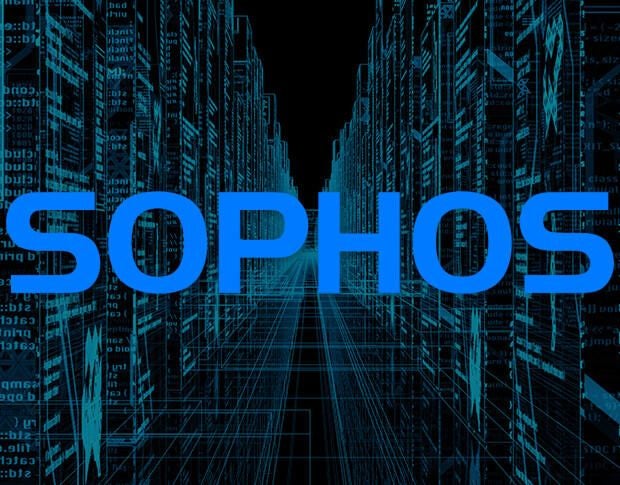Don’t let your AI become siloed: IT and end users should collaborate to get the most out of your AI tools.
Any time a company can give its users power over data that improves corporate performance, it’s a “win”—unless it’s impossible to manage that data power effectively. This is the challenge of shadow artificial intelligence (AI), which enables end business users and standalone data science departments to develop AI data models and applications independently, but not necessarily with important checkpoints for security, “goodness” of data, or soundness of algorithms.
In this environment of independent AI system development, unified methodologies and approaches to AI are lacking. The end result is AI “data silos,” which most companies now want to avoid.
The question facing organizations now is, how do you reap the benefits of shadow AI, which gives end business users faster times to market and more control over their IT, while also ensuring that data is uniform, shareable, and “governable” throughout the company?
Here is a short list of challenges that IT and the end business should address:
Managing governance
Most user departments deploying shadow AI don’t consult IT or use AI development policies and procedures that ensure safe deployment.
“In a shadow AI environment, an organization-wide approach should include a thorough governance strategy with well-defined policies,” said Tony Paikeday, senior director of AI Systems at NVIDIA. “This is particularly important as AI begins to spread throughout all aspects of an organization, including marketing, research, legal, HR, and even recruiting.”
A good place to start AI policy and procedure enactment is to look at IT policies and procedures that already exist. Many of these policies and procedures can be applied to AI, and end users can be educated in them.
The next issue is finding a central area that can administer and monitor policy and procedure compliance. This job likely falls to IT, which has a long history of system policy and procedure monitoring.
Users might chafe at IT’s central role in governance because they see IT was as roadblock to getting anything done. This is where executive management must get behind IT as a policy and procedure checkpoint for AI and where IT must prove itself to be a facilitating partner, and not an inhibitor of AI development.
Fighting AI silos
If organizations fail to take optimal advantage of all of the data and systems that they have under management, they stand to lose out on valuable business insights from these assets.
At some point, there should be a central area for inventorying and tracking all AI systems and data, and that central area is typically IT.
IT’s goals should be ensuring that data and systems are secured, that users accessing these data and systems have permission to do so, that data is consistent across systems, that data compliance requirements are met, and that data can be shared across systems and applications.
Preventing data and system silos and ensuring sharable and consistent data can only happen if IT’s central stewardship role for data and system care-taking is endorsed and supported by upper management and end users.
Avoiding AI waste
In a 2020 NewVantage survey of 70 companies, only 14.6% said that they had AI systems in full production. How do companies reduce the waste?
Standalone data science teams often turn to shadow AI when they feel there are impediments to accessing development resources.This practice can generate AI data and system silos across the enterprise that don’t integrate with each other.
In other cases, user departments implement AI independently on the cloud. At first, the systems seem to work, but as systems and data grow more complex, enhancing these systems becomes an overwhelming burden, so the systems never make it into production,
“This results in slower introduction of a production-ready model and a slowdown in AI deployments,” Paikeday said. It can be remedied if IT can bring all of the AI together for a centralized coordination of effort.
How can IT be a AI central coordination point?
IT’s reputation as a “glass house” that tells users what they can and can’t do is tough to change, but it has to. Instead, IT needs to be a collaborative, business-oriented function.
One way to do this is for IT to work on “mixed AI teams” of IT and end users.
Another way is to facilitate productive shadow AI efforts where IT recognizes end users’ superior business savvy, and right to pursue their own AI projects. In this way, end users can begin to perceive IT as a facilitator and not as an impediment.
“Collaboration is when a group of people come together and contribute their expertise for the benefit of a shared objective, project, or mission” said Corey Mossley, who writes on company culture, employee engagement, and internal communications. This is precisely where corporate IT needs to align with the end business: In a mutual understanding and respect for each other’s skill sets that can bring the best out of shadow AI.





